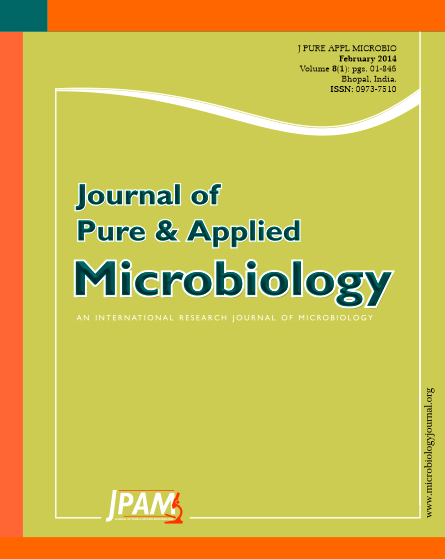Bacterial infection of female urogenital is associated with a range of negative outcomes, in contrast to the Lactobacillus-dominated healthy genital organ. So long, Lactobacillus diagnosis of sample from women vaginal depended on Gram-stained swabs and microscopic observation.This study describes in easy molecular method for the identification of Lactobacilli inners by amplifying primers: [LinersF and LinersR] of Lactobacilli specie-specific sequence. Sixty swab samples from healthy women and sixty from infected ranging their ages from 20 – 49 years were donated freshly by AlhabibHospital and Malaz clinic, Riyadh, Saudi Arabia during 2012 respectively. DNA was extracted by using extraction kit andPCR mixtures were prepared. The PCR productsof Lactobacilli innerswere directly sequenced on an Applied Biosystem 3130 x 1 Genetic Analyzer (Applied Biosystems , Hitachi High-Technologies corporation Tokyo-Japan).This study was aimed to identify the predominance ofLactobacillus innersspecies from healthy and unhealthy Saudi women.This result provided support for the findings of (Najla Qalit Ammash, 2013)that L.inners were dominant species in Saudi healthy and unhealthy women in contrast toYAN Dong-hui et al of Chinese women and Elahe Motevaseli et al of Iranian healthy and unhealthy women. In this study was found that the sequence of PCR product of L. inners of healthy and unhealthy Saudi women matched, indicating that theinners were the most dominantspecies in the Saudi population.Their dominant numbers might significantly be different from country to country therefor; we propose the need of further research on the subject.
Lactobacilli, healthy, unhealthy women,female,genital, organ
© The Author(s) 2014. Open Access. This article is distributed under the terms of the Creative Commons Attribution 4.0 International License which permits unrestricted use, sharing, distribution, and reproduction in any medium, provided you give appropriate credit to the original author(s) and the source, provide a link to the Creative Commons license, and indicate if changes were made.


